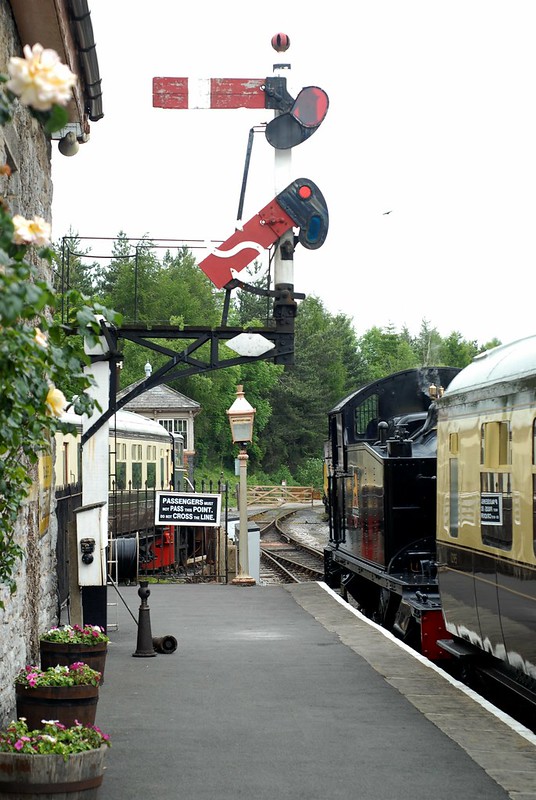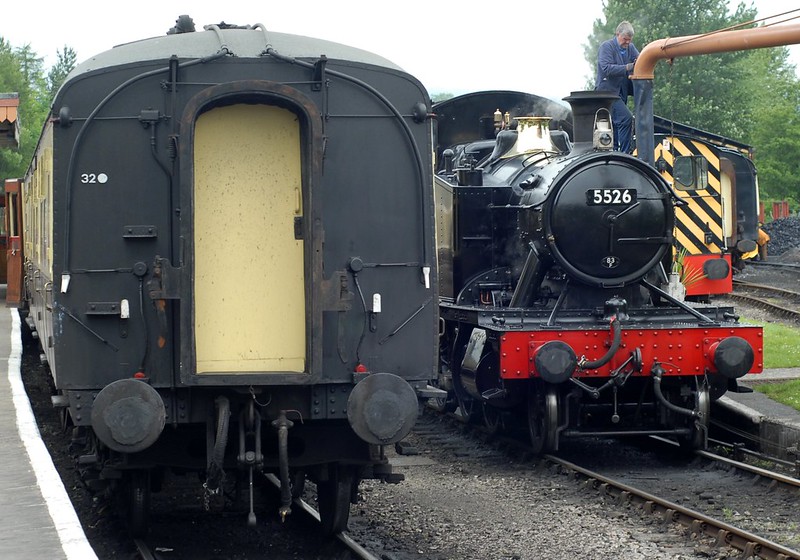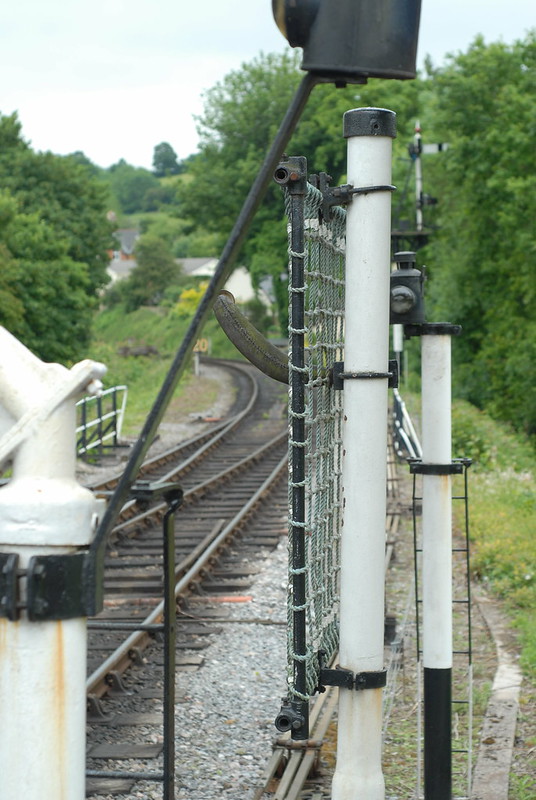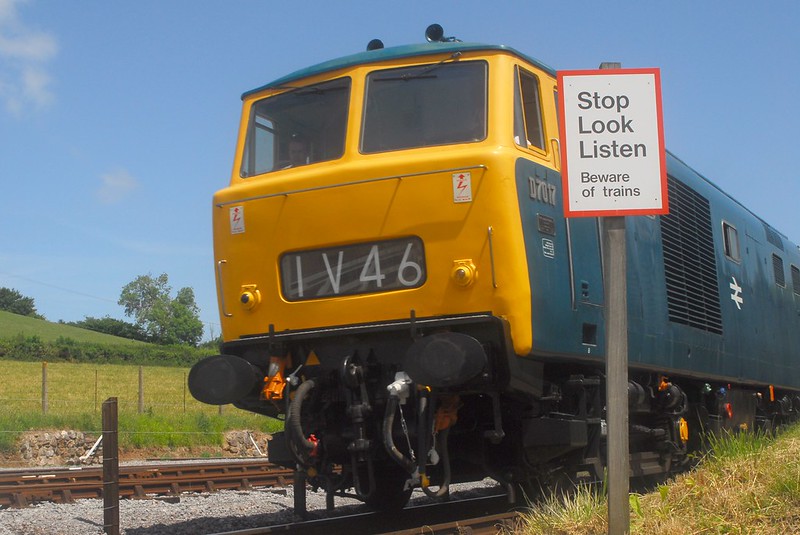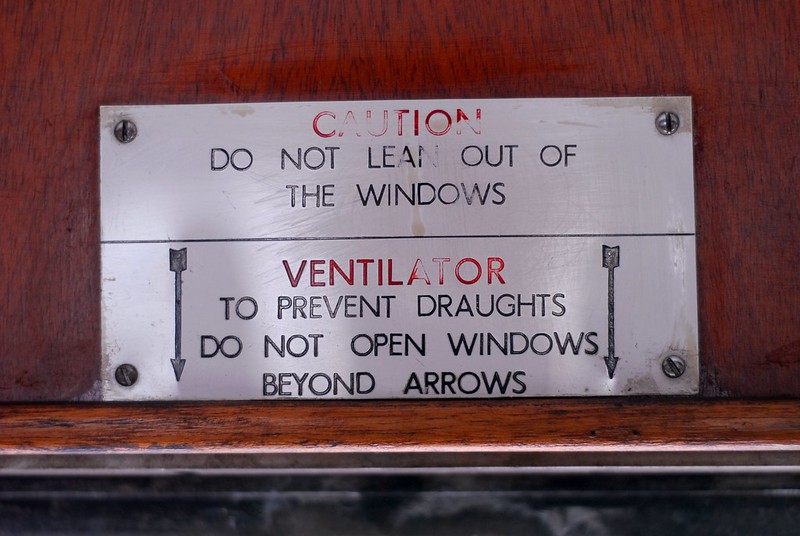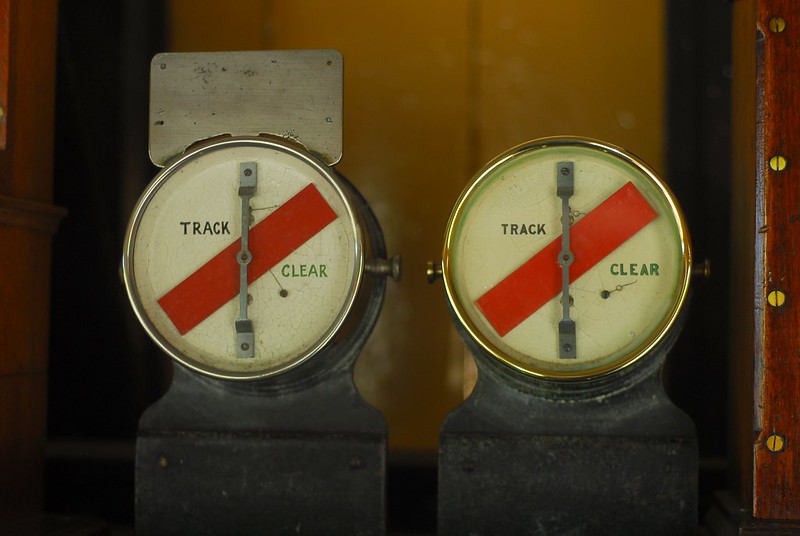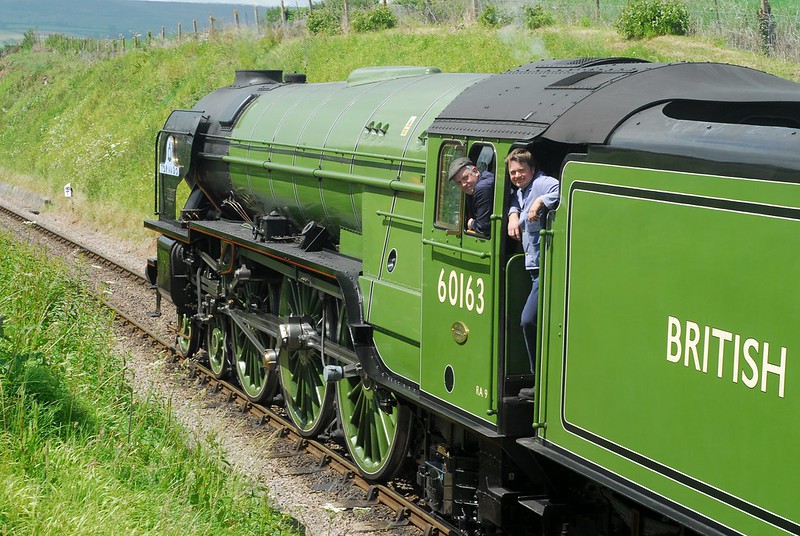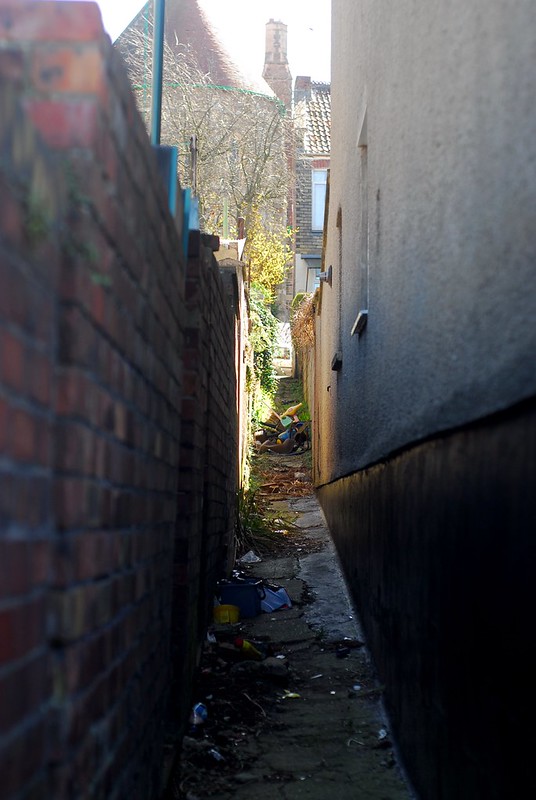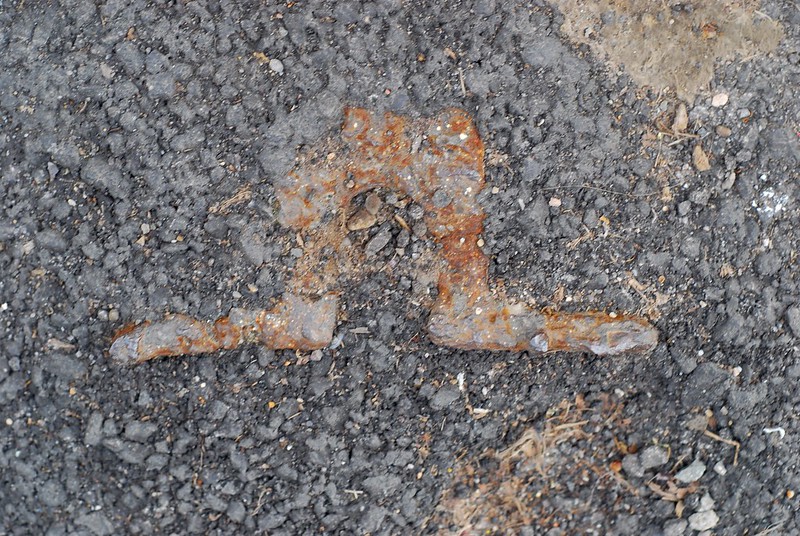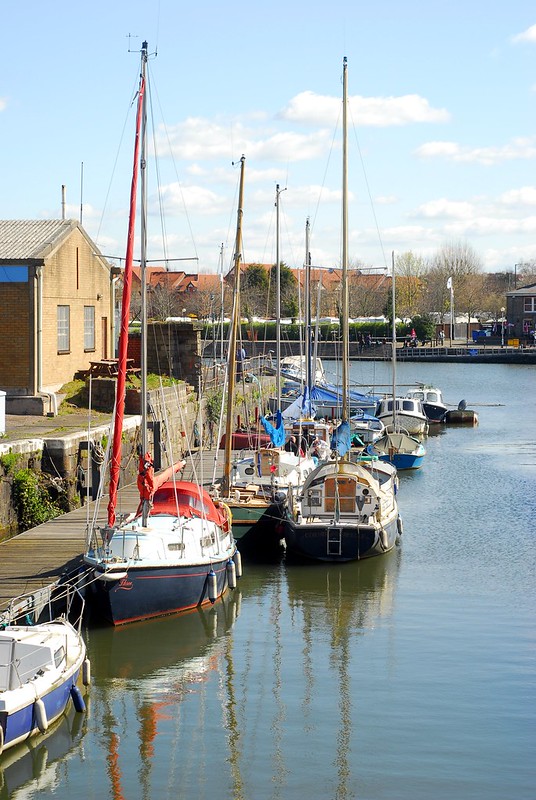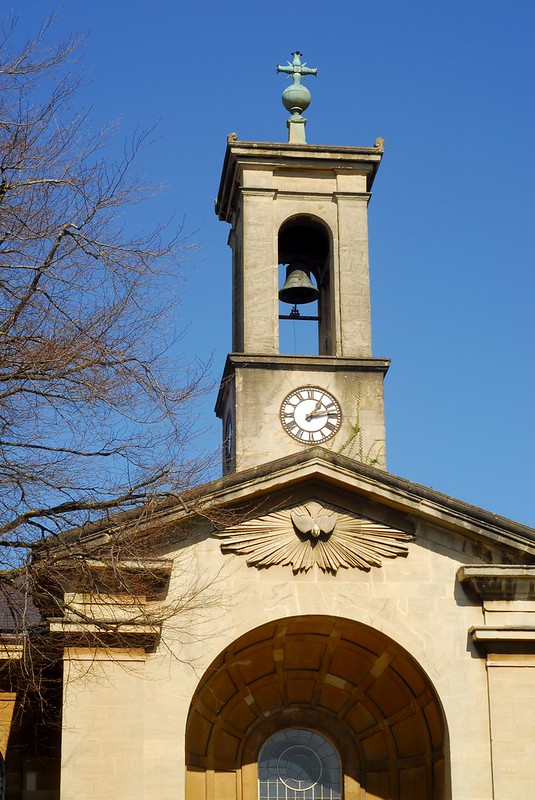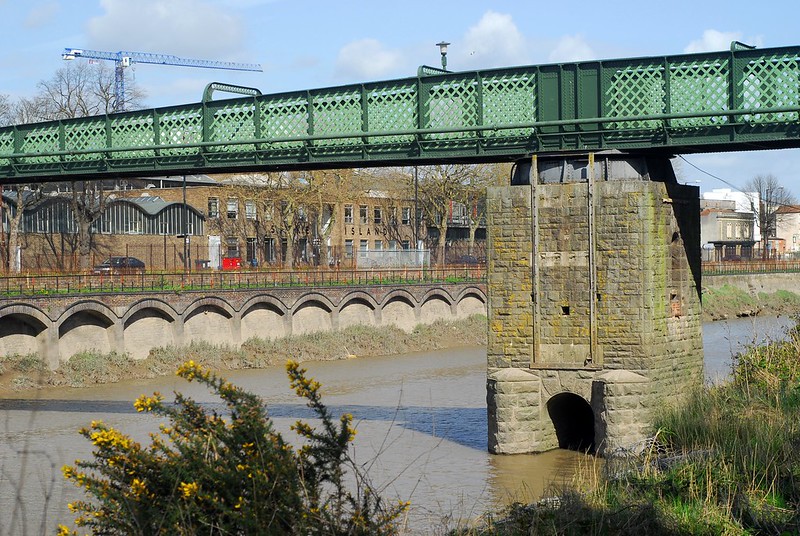Sometimes, when we’re idly sitting on the sofa after work, we put the telly on and can’t even summon the energy to change the channel. Instead, we leave it showing things we’d never normally bother watching; but sometimes that throws up an interesting gem. Like tonight’s One Show for example. We wouldn’t normally watch The One Show, but occasionally it does have some interesting inserts. Tonight: an item on the Wensleydale Railway.
Coming from Oop North, I’ve been on the Wensleydale Railway a couple of times. It’s pretty long, for a private railway, pushing the length of busy, popular private railways such as the Ffestiniog or the North Yorks Moors.* Unlike those railways, though, it’s something of a quiet backwater, slightly ramshackle, with a sparse service operated mostly by 1950s diesel trains which main-line companies retired in the 90s. Being a bit of a backwater, appearing on the telly will hopefully be a big boost for it: not many people tend to know it’s there. It may be in the Yorkshire Dales but it stops just short of the National Park; it may be on the A1, but it’s damn hard to notice from the road.
One of the Wensleydale’s directors appeared on The One Show, and told the world what a unique railway it is; and how it performs a vital link in the community, and in Wensleydale’s regeneration, providing services to commuters and enabling them to get to major regional centres. Neither of those claims, really, are true. The director carefully skirted around the issue of whether the Wensleydale provides those services right now. Certainly, they’re hoping that it will do: that the company will be able to connect to the main line at Northallerton, and thence provide a connection to Newcastle, York, Teesside and Manchester. Right now, though, it stops short, and completing the connection seems to be on a distant horizon. When it does, the company will need a fuller timetable to be a reliable link: at present it operates three trains a day, on about 185 days of the year. The first one starts moving just after 9 o’clock; the last has stopped by 5.
Running a community rail service is hardly a unique aspiration to have, too. In fact, almost every private, preserved, or steam railway in the country has aspired to run a commuter and/or community service at some point. Very few have even got as far as trying it; the Worth Valley Railway did, in the late 1960s, and rapidly found it to be unviable. One private railway has done it successfully: the Romney, Hythe and Dymchurch, operating services for schoolchildren. They do not, unlike most private railways, rely on volunteer workers to operate. The Ffestiniog also provides a genuine service for local residents; but it is strongly subsidised by their tourist revenues, which the Wensleydale doesn’t have.
There are two big problems with trying to operate a community service; well, make that three big problems. Firstly, there are two connected problems: price, and workforce. Railways are workforce-intensive, and private railways have to either pay staff, or get volunteers to turn out every day. Moreover, if they want to run a commuter service, they have to persuade those volunteers to start very early in the morning. Paying the staff, and the running costs, is very expensive; when you’re operating a railway which was considered too expensive to run at a profit, you end up charging fares which are too expensive for commuters. A return ticket on the Wensleydale already costs over £10, for the full line.** Moreover, there’s a third problem: speed. Nearly all private railways have to operate with a blanket speed limit of 20 or 25mph. Over the sort of distance the Wensleydale operates, that means a long journey. Fine for a summer jaunt; not good for serious travel. It’s the speed, more than anything else, that makes the Wensleydale’s long-term aims rather impractical.
There’s nothing wrong with the Wensleydale aspiring to their aims, of being a community railway operating a non-tourist service. I would be very surprised, though, if they do manage to complete them, purely because so many have gone before and so many have failed. If the Wensleydale think they are unique, and if they don’t realise that they are treading down a well-trodden path once more, they are very unlikely to reach that path’s end.
* The Ffestiniog will shortly have the largest steam railway network in the country. At the time of writing it operates two routes, the original Ffestiniog Railway (Rheilffordd Ffestiniog) out of Porthmadog and the new Welsh Highland Railway (Rheilffordd Eryri) out of Caernarfon; the project to complete the link to join the two lines together via Beddgelert is already under way.
** The Ffestiniog gets around the price issue by having local residents’ discount cards.
Keyword noise: BBC, railway, steam, steam train, television, The One Show, transport, Wensleydale Railway.

 Home
Home